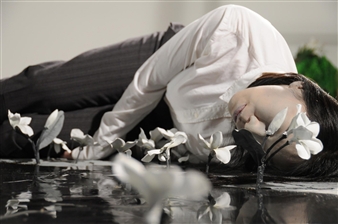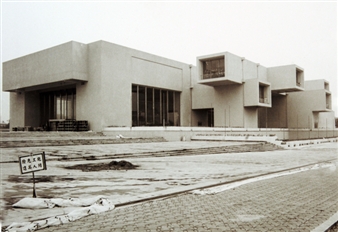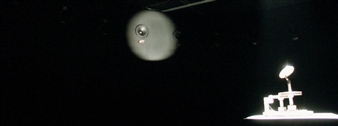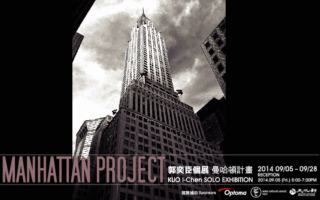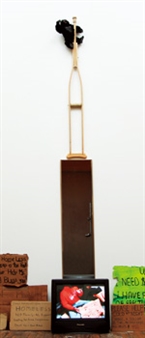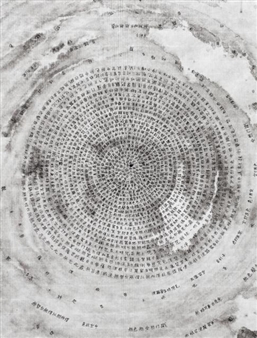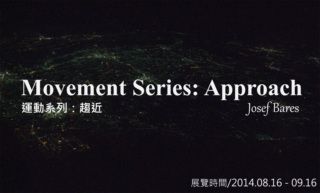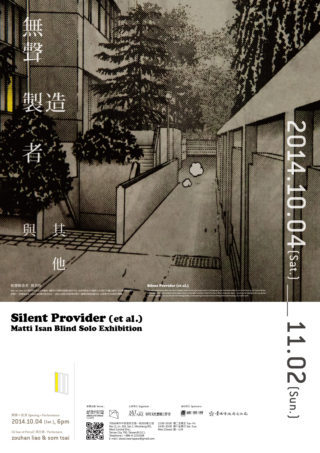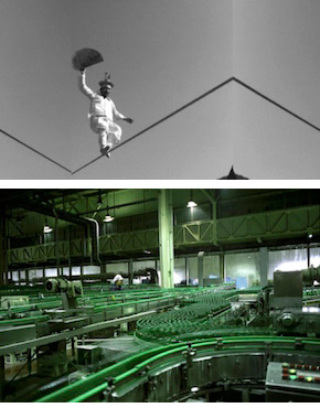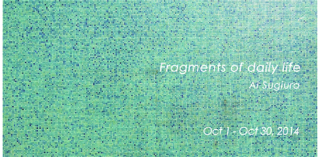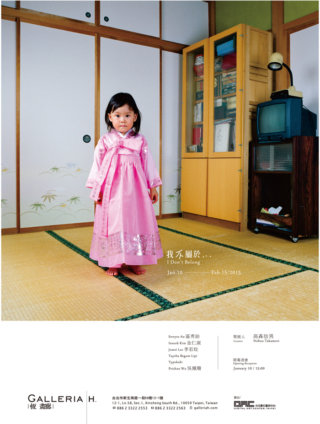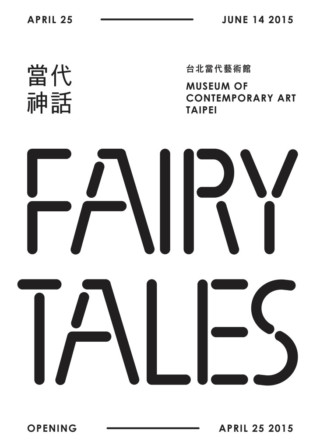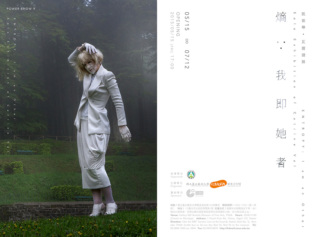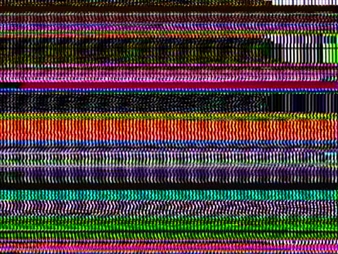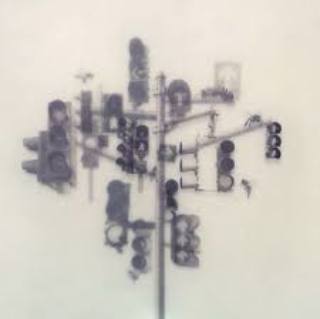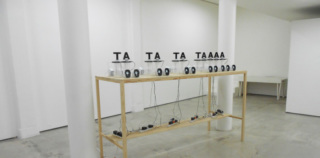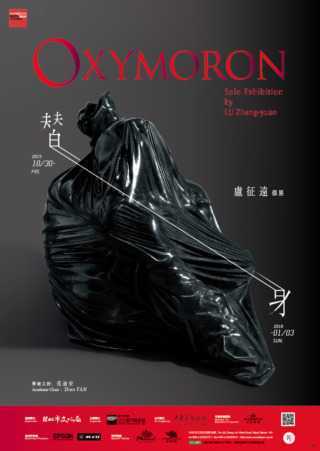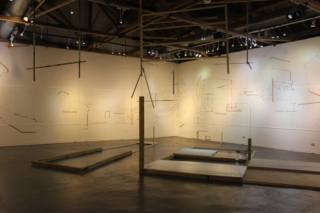FAIRY TALES

Museum of Contemporary Art , T'ai-pei, Taipei, 04/25/2015 - 06/14/2015
39 ChangAn West Road Taipei 103 Taipei
APT artist Dejan Kaludjerovicis participating "Fairy Tales" the third edition of the traveling exhibition Utopian Days and presents video works of 25 artists and collectives. It’s held at the Museum of Contemporary Art in Taipei, Taiwan, the country’s first museum to be dedicated exclusively to contemporary art.
Fairy-tales, playground equipment, toy cars, children in uniforms, cartoons, children
Fairy-tales, playground equipment, toy cars, children in uniforms, cartoons, children. It is obvious that Dejan Kaludjerovic, a Viennese painter from Belgrade, has clearly set his theme and stuck to it for the past sixteen years. Childhood remains a constant part in his opus, and yet he does not overanalyse this gentle period. In his works – paintings, videos, photographs and installations – he has chosen to depict childhood; at first he may have chosen this intuitively, even though it is an excellent choice through which he can construct the views of the contemporary world in which he lives.
The current exhibition represents a selection of works that was created from 1997 onwards. Chronologically it ends with the new works from the artist's latest series entitled Children's Playgrounds. There is a great difference between these last works and the works created on toilet paper in 1997. In 1997 the children in Kaludjerovic' works moved from a colouring book to toilet paper. At the time all you could do with childhood memories was wipe your arse. This was followed by the series Atlas in which the children grieved for the loss of security they had in their homeland. The drawn hearts were bleeding and soaking the gauze with which the artist covered their homeland in the attempt to stop the bleeding. Anybody who had not experienced the violence before, during or after the war ‘in the Gorges of the Balkans’ found it hard to leave the security of the homeland with which we were served in all educational institutions. We studied, studied and studied some more and then they demanded that we forget it all. The story of the three little pigs became the story in which the country fell apart and not even the most diligent little pig could help his two brothers as the big bad wolf of nationalism raised his head and with the puff of capitalism blew off the roof from their shared home. In the series of three paintings that were created at the beginning of the new millennia waiting remained the name of the game. The series Waiting for the Man emerged with the help of photographs found in his archive. The image of the memory was slowly erased; until it was no longer recognisable and it was slowly covered by the artist’s everyday and intimate memories.
The child rebellious period that takes place in puberty and that is almost always considered to arrive (too)early by adults, was recorded in the photographic series Electric girl in which the artist managed to show how the child has to forget the dark present and escape into a world of forgetting, a world of rebellion, difference, music and bodies. Following this Kaludjerovic stumbled across another bitter wake-up call when he asked What did tomorrow bring us (2001). The digitally manipulated image of his parents merged the images of subjects when they were young, when the state was young and they are staring at us - who are well aware of how the events unfolded - with a naive belief in a better tomorrow. Time brought new interests to Kaludjerovic' practice and new elements started to become important in his works, elements that marked his opus until this very day. The research into the reflections of social reality and in the late 1990s the all so popular painting practice pittura immedia or remediation was joined by his interest for freezing the moment and passing on the feeling of stillness, minimalist sophistication and in the next series also characteristic small perversions that the adult eye recognises within child games and that make him immediately feel ashamed. In the series The future belongs to us (2002 – 2006) childhood - which sometimes functioned as the carrier of pain, fear and anger - became an image of exploiting man by man. The artist, who in this period exchanged the fall of socialism for western capitalism, showed the latter its reflection in the mirror. In the third millennia images of children from 1970s shopping catalogues radiated sexual connotations with which they ‘cutely’ seduced mothers, fathers, grandmothers and grandfathers into continuously buying adult phantasies for their children and grandchildren. In capitalism childhood became a perishable, an objectivised wish that can be bought and sold, idealised, sexualised and thus one's fear of these 'small animals' can be covered up.
At the end of the last decade it became clear that children are merely go-getters, who would like to change their career for a bit of fun (Can I Change My Career For A Little Fun?, 2006-2009). However, this fun has become entertainment for adults, entertainment in which the cute covers-up the violence that we latently experience when watching cartoons such as Happy tree friends. And where were the real children hiding? In the series of video spots Je suis malade Kaludjerovic placed them in front of us in such a way that they looked at us with those children’s eyes and their bodies offered themselves to us while the pain in the song emitted from their throats only emphasised their powerlessness. And then, two years ago, the children disappeared. They left behind empty playgrounds, swings, toy cars. Is this the childhood that awaits to be inhabited by a new child or are they archaeological remains of a life that can merely recollect, but no longer experience? But then the drawings of playgrounds and the painting was inhabited by words. The story of the happy prince by Oscar Wilde, in which the swallow and the prince sacrificed their lives for love, and merely an indestructible steel heart was left behind, is clearly written in Kaludjerovic’ newest works.
Petja Grafenauer
For More Information